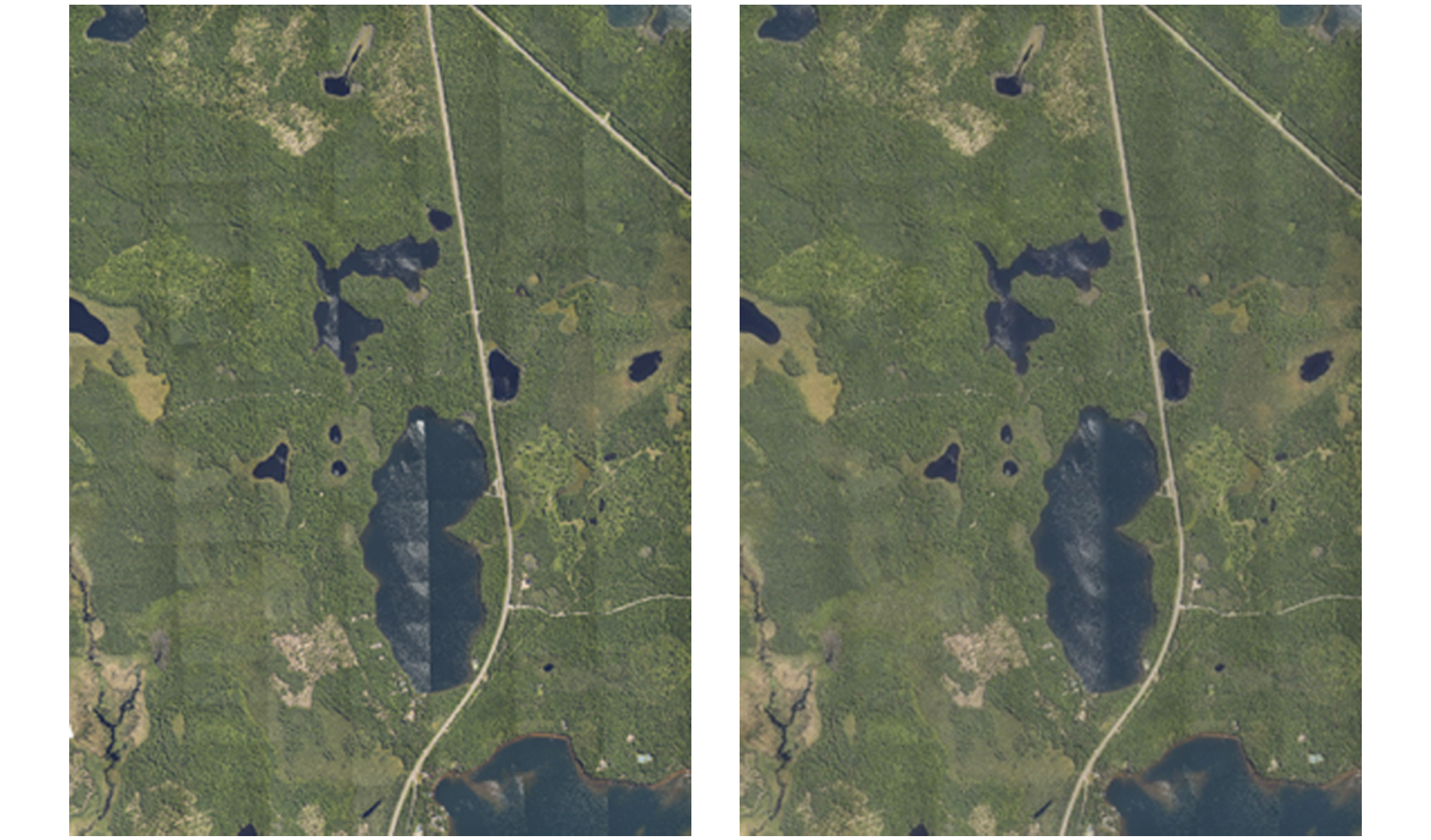Read the full article on the Intel website
The National Ecology Observatory Network (NEON) periodically collects data from various locations nationwide using Airborne Observation Platforms (AOPs). It is designed to collect long-term open-access ecological data to understand better how U.S. ecosystems are changing. Regarding data management and processing, NEON's biggest challenge is acquiring, processing, and distributing the AOP data collected periodically from key locations across the nation and contributing to a data collection of hundreds of TBs, which continues to grow exponentially.
This data is processed using a combination of cloud-based and on-premises computational resources and then shared with the larger scientific community. Researchers at the University of Utah have supported this effort, providing streaming visualization solutions to make this data interactively accessible online (see an example on the NEON data portal).
Challenge of Removing False Seams From Raw Images
The NEON aerial photography data displays noticeable lines or divisions, known as seams, which arise due to variations in lighting conditions during the extensive data collection process. This occurs because the data collection spans vast geographic areas and takes place over extended periods. As a result, the differing lighting conditions at various times and locations contribute to the appearance of these seams in the data. Such seams significantly impact the scientific value of the data since they introduce spurious artifacts in subsequent image analysis and interpretation of the underlying ecology.
Our algorithm enhances the raw image data, effectively removing false seams and providing data products that can be used for scientific investigation.
Originally, this image-blending solution was created for proprietary NVIDIA GPUs. However, its effective adoption and use across the ecological science community must encompass a broad spectrum of hardware on-site and in cloud environments. Additionally, GPUs typically offer more restricted memory capacity than CPU computing instances. Consequently, incorporating CPU instances could facilitate more extensive data processing due to their commonly larger available memory.

Solution
Cross-architecture Intel® Toolkits powered by oneAPI enable single-language and platform applications to be ported to (and optimized for) multiple single and heterogeneous architecture-based platforms.
We have developed a portable color-blending algorithm for photography data based on a gradient-based manipulation method where gradient information (i.e., rate of value change) from the source images is used to alter pixel values and minimize alterations smoothly.
Conclusion
Our portable blending algorithm eliminates seams from large aerial imaging mosaics and allows for more accurate science to be performed on ecological survey data sets by the community. The implementation allows experimentation with the same codebase on both CPU and GPUs. The experiment and comparison show the scalable performance of the algorithm and portability across devices.
